Stainless Steel Frets vs. Nickel Silver Frets
Nickel silver alloy is the most common metal used for fret wire for banjos, guitars and mandolins. It is a good material because it conforms to fingerboards well and resists skin acids, oils, and tarnish well. For most players, it is durable and lasts a long time.
Some players wear down frets faster than others by pressing the strings harder or by sheer volume of practice time. Most of us who might practice a few hours a week and who don’t grip the neck very hard and don’t press the strings down extremely hard can play a banjo for years without wearing the frets significantly.
I personally have a Goodtime banjo that is fifteen years old and doesn’t need any fret work. But I only play that particular banjo a few hours a month. My “office” Goodtime banjo that sits behind my desk is about eleven years old, gets played a little every week, and shows no significant signs of wear. I tend to have a very light touch and don’t play very loud.
For most players, the nickel silver frets offer plenty of strength and durability. I don’t think most of us need to be concerned that the nickel silver frets are “too soft” or “not durable” enough. This fret alloy has been used by players for generations and has lasted very well for most players.
Why stainless steel?
Not all professionals wear frets down quickly. The vast majority of banjos that we see that are five or ten years old have frets that look fine or just starting to show wear. But for player like Jens Kruger, who play so much that standard nickel silver frets need to be replaced every few months, stainless steel offer a real benefit in time and money savings.
For folks who press the strings down harder or practice as much as professional players do, the harder stainless steel alloy lasts much longer than traditional nickel silver. Some players say that the banjo strings wear out faster when playing on stainless frets, but this is hard to prove empirically.
I have a friend however, who has a very powerful grip, and he not only wears out frets, but his grip strength grinds big grooves in rosewood fingerboards. (He recently changed to ebony fingerboard banjos and is working on lightening his grip to save wear and tear on his banjos.) (He also recently bought a Deering and told me that it plays so comfortably, he doesn’t feel the “need” to grip the strings so tight like he was on his other brands of banjos.)
The stainless frets are a great benefit for players who play a lot or who have a tendency to fret harder.
Which should you choose?
Generally, standard nickel frets work great for the vast majority of players. So for most players, we suggest sticking with it. If you tend to wear out frets on your other instruments or you play professionally on a daily basis, then definitely get your banjo built with stainless steel frets. If you fret with a very light touch, stainless frets could be close to a lifetime investment. You might change your strings a little more often but that seems like a smaller price to pay than a re-fret.
Do they sound different?
There is no real concrete information about this topic. Theoretically, the harder frets should sound a little brighter, but in reality, there are so many factors in building a banjo that are far more influential in banjo tone, the reality is that there is no concrete answer to this question. It’s probably best to decide which frets to use based on wear, and not be too concerned about tone.
How much more does stainless wear out the strings?
This one is also almost impossible to answer. Many professionals change their strings daily or even hourly. Many amateurs change their strings every 6 months. Since we recommend changing your banjo strings about once a month, to keep the banjo sounding its best, I doubt that you would see any dramatic string wear difference in one month of playing on stainless steel frets.
In conclusion:
When thinking about which fret wire to choose, look honestly at how much and how often you play, and if you have a history of wearing out frets on your other banjos. If you need more fret durability, the stainless fret is definitely a wonderful benefit that will help cost effectiveness and reduce time loss from re-fretting in the future.
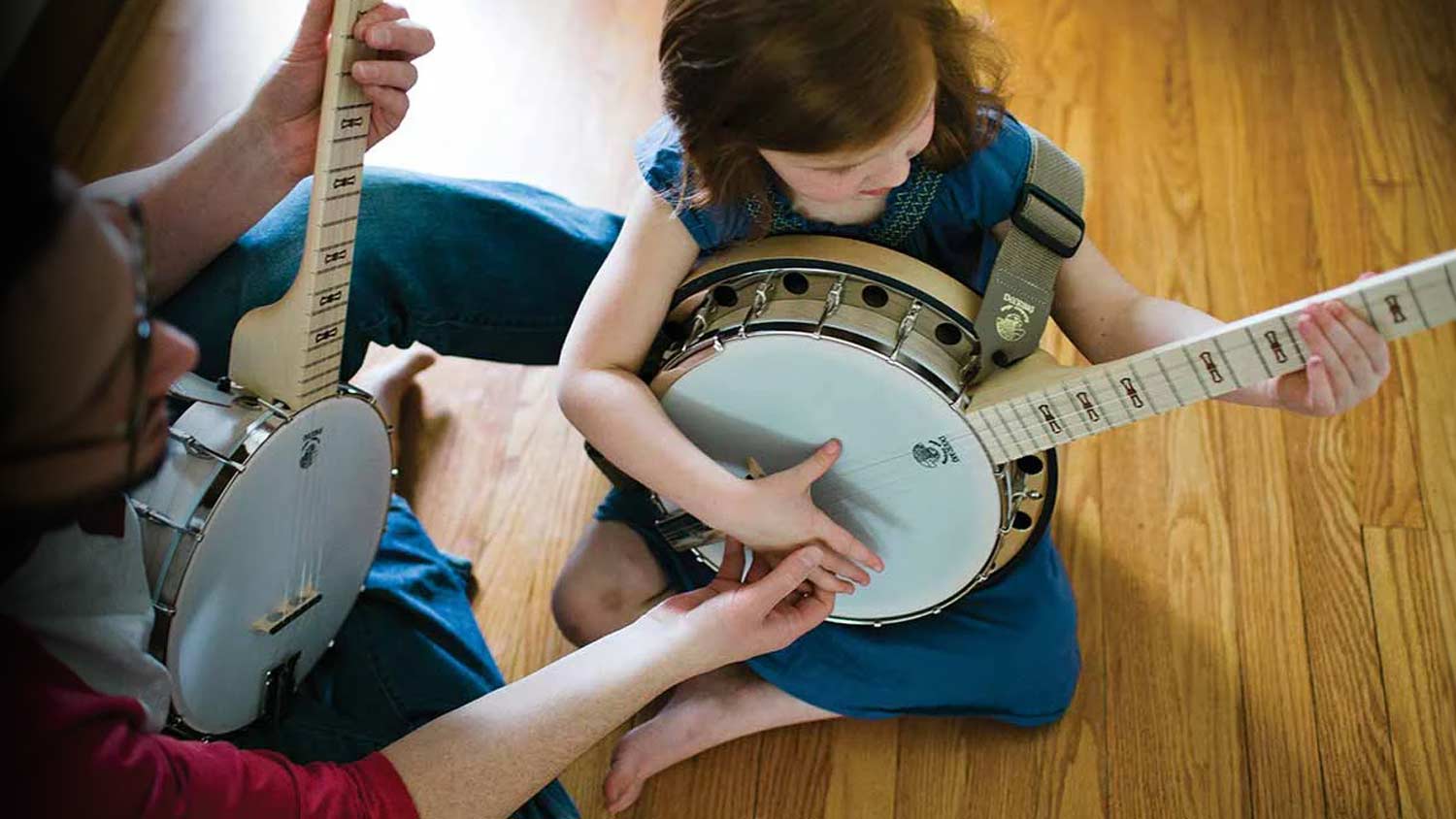



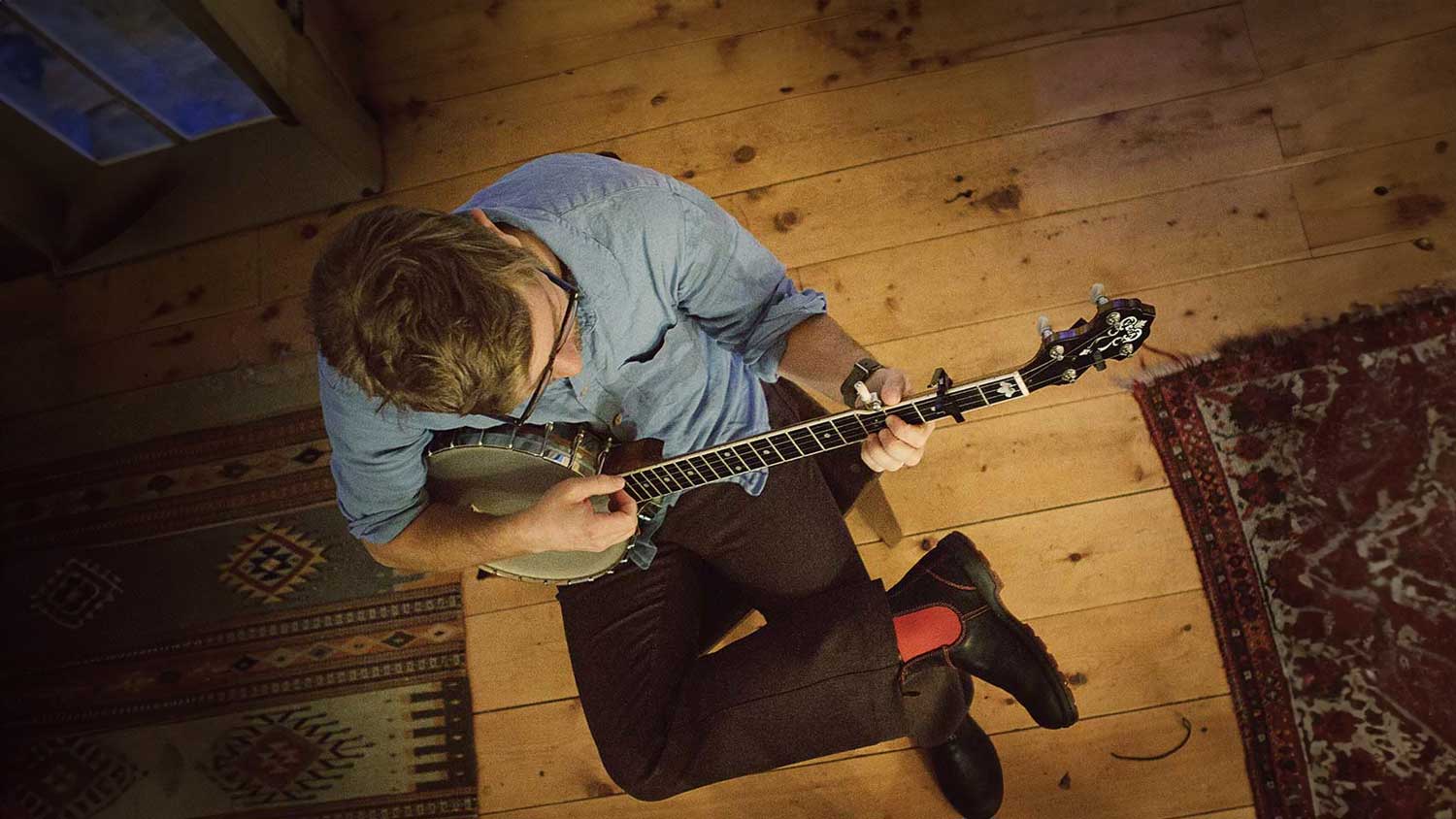


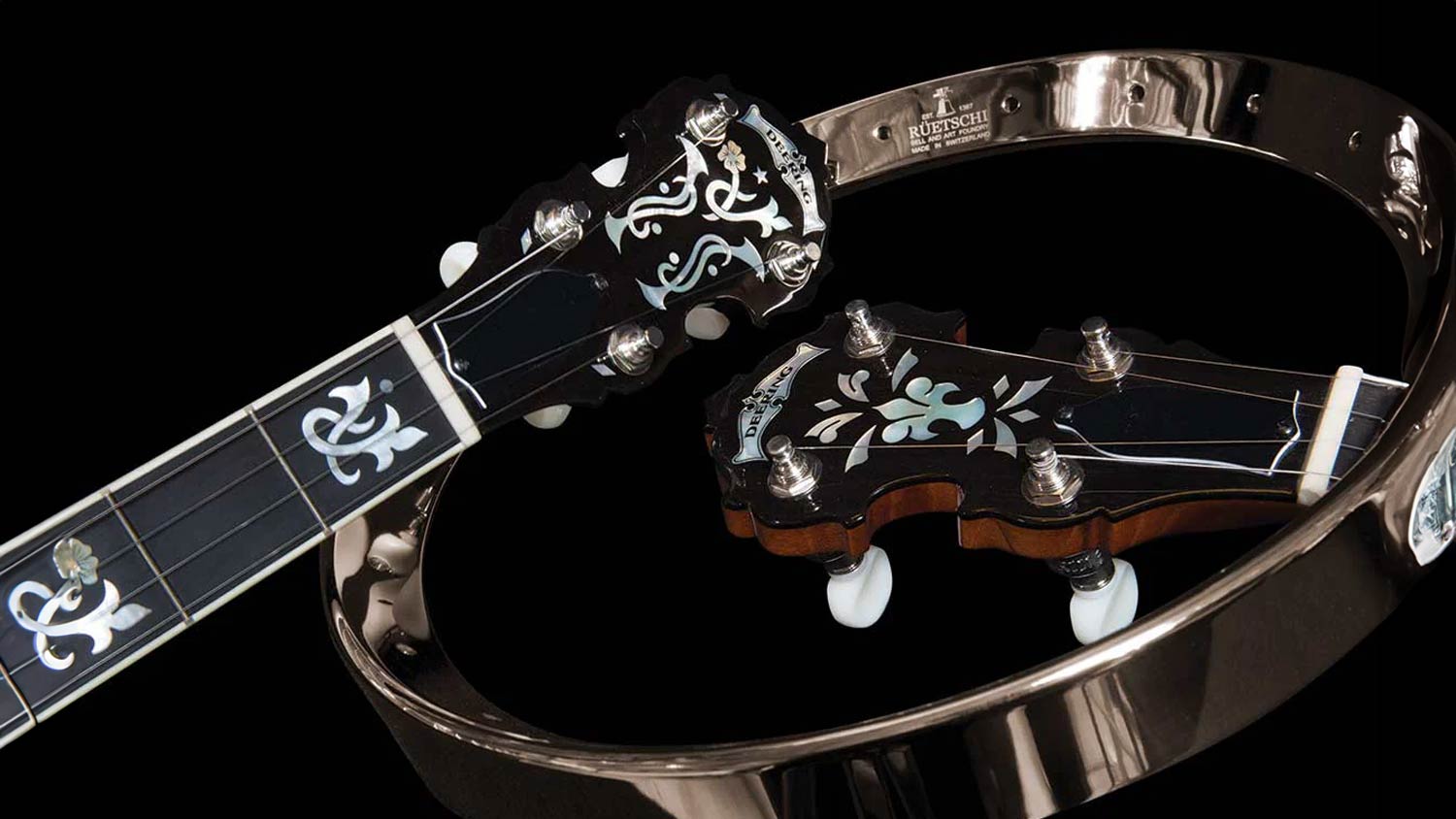

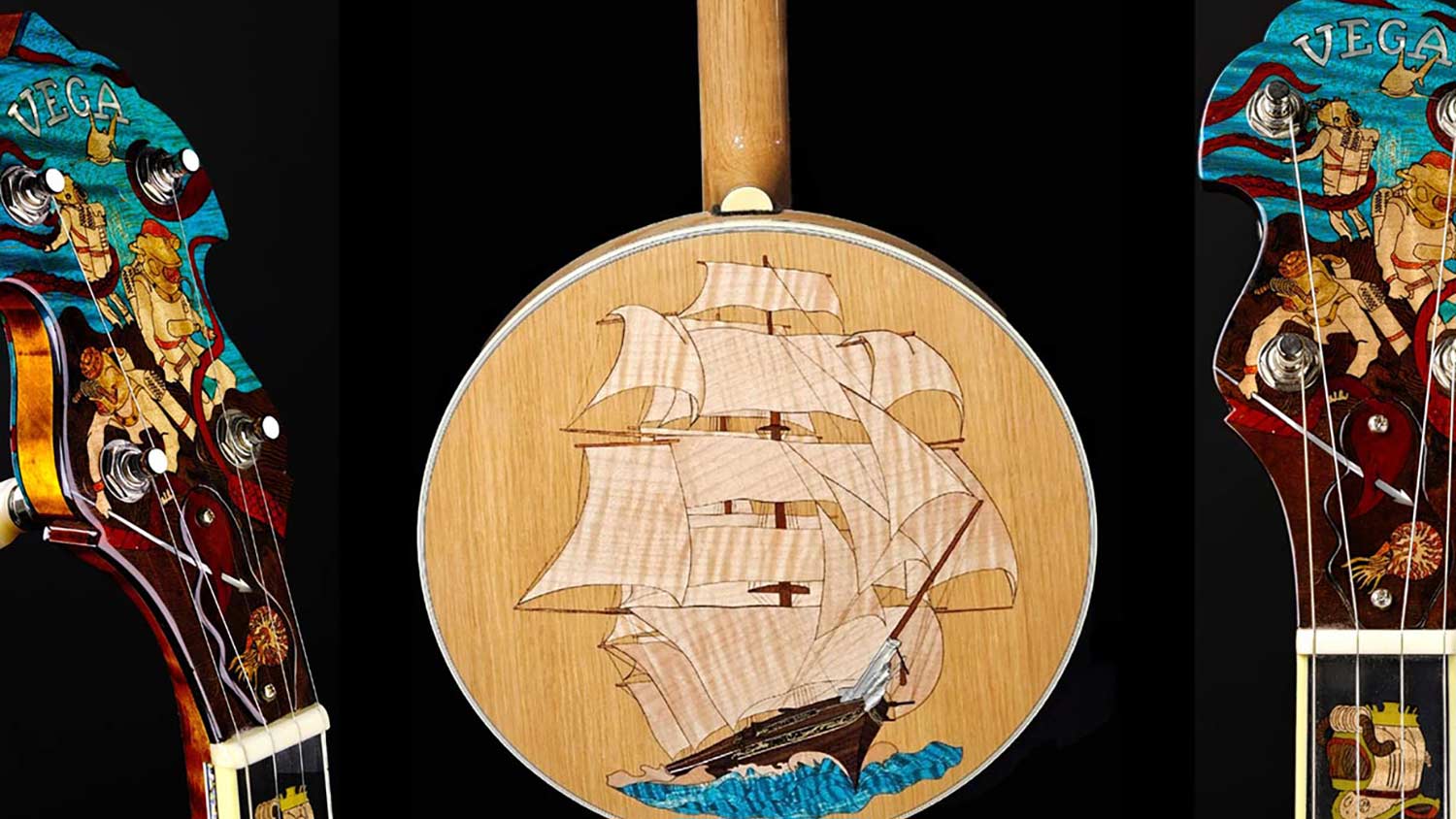





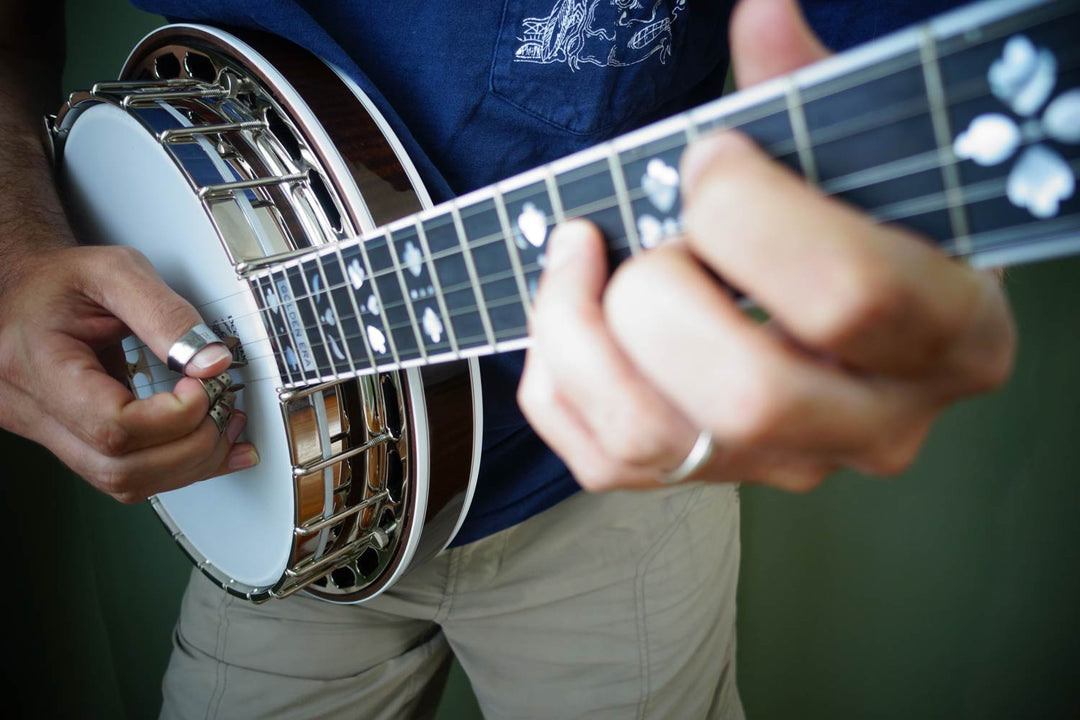
Mike,
Thanks for your comments. The wire in strings is extremely hard and tough. A quick way of wearing out a pair of wire cutters is to cut music wire. The music wire in strings is so hard that wire cutters will dull quickly and cheap wire cutters will actually show string diameter notches in the blades by cutting music wire. Deering has made over 80,000 banjos and we’ve seen quite a few banjos come in with fret wear of different shapes. Light players with very old banjos often show extremely narrow notches in the frets that come from pushing the string more or less straight down. You can recognize it because it looks like tiny “v” shaped notches…very narrow, but right under the string.
The “filing motion” you mention shows itself as wider, more gradually dipping surface on the fret.
The tensile strength and hardness of music wire absolutely does wear the fret just by pressing the string straight down, just as it does on the steel wirecutters.
TO see this in action, take a really cheap pair of nail clippers and try cutting a string end with them. It may cut the string or it may not, but you will see a notch in the blades from the hard, tough music wire. The harder the finger pushes, the more intense and the more quick the wear.
Bending strings against the frets definitely wears frets faster, because of the “filing” or “grinding” motion as you say. In my 44 years of banjo playing, teaching and now manufacturing, there is no doubt that straight pushing of the string down on a fret wears it. The straight push definitely takes longer to wear a fret than the string bending, but it wears it none the less. A lighter finger pressure definitely wears the fret less than harder pressure. We have seen this very clearly in meeting thousands of players and re-fretting their banjos and watching them play.
Stainless steel frets are slicker because they are harder. We polish our nickel silver frets to the same level as our stainless frets. But the reason the stainless frets feel slicker is because of the hardness. It’s just like ebony fingerboards feeling slicker than a rosewood fingerboard. In general, ebony tends to be a little harder than rosewood (though rosewood hardness can vary quite a bit.) and the finger slides more easily on ebony. Our solid mother of pearl fingerboards are even slicker than ebony because of the increased hardness.
The sympathetic vibrations behind the fret are partly dampened by the soft tissue of the fretting finger (or rubber capo) but on most good banjos, the strings are also dampened by the frets behind the finger. On a good banjo, with good action, the string behind the fretted finger sits on several frets because the nut is cut close to the first fret and the curve of the neck causes the strings to be pushed down on the strings behind the fret. Some cheaply made banjos with high nuts do have annoying sympathetic vibration behind the finger but those are pretty rare and the noise is fairly subtle.
I do agree that the best placement of the finger for tone and quick movement about the finger board is just behind the crest of the rounded top of the fret. This is also true for capoing as you point out.
Thanks for reading our emails and please keep in touch.
“Some players wear down frets faster than others by pressing the strings harder” is flat out not true. It sounds right but it is not. In fact, too light a touch is harder on frets than too heavy. Were it true, string wear would not be in the shape of a divot.
Normal fret wear is caused by the back and forth motion of the strings. This acts as a file wearing the frets in the familiar shape.
Plain strings cause more fret wear than bronze wrap because the wrap is softer and less abrasive. Stainless frets are more resistant because they are slicker in addition to the fact that the metal is harder.
Although the fret wire stops the note, it is the pad of the finger or rubber of the capo that stops the back and forth motion. This is easily demonstrated on any slide guitar – if the strings behind the bar are not damped, there will be all sorts of notes sounding put in motion by the vibrations in front of the bar. Pressing heavily with the bar does not stop this.
Players who fret and capo towards the middle between frets experience far more fret wear than those who don’t. The ideal placement of the finger (and a capo) is as close behind the crown of the fret as is possible for the least amount of wear.
The shape of the fret surface should be more pertinent to a change of sound than change of material insofar as if the string is solidly in contact with the fret it should be little more than
a metal nut. I am not speaking from experience and do allow that some vibration 9f the whole of the fret/neck will occur but then if the contact between string and fret is solid and the thumb underneath the chord then in theory, it should dampen any sound at the node (which shouldn’t be there anyway)..
Stainless steel isn’t a pure metal and has varying degrees of impurity including in some ‘marine grade" I have witnessed. I’d be asking more about the galvanic interaction between s/s fret and the various string metals, aided by sweat and determine whether it is greater with s/s than the nickel-silver frets.
Stainless steel has been around a long long time and hasn’t caught on as a fret.material. This may be owing to the inherent wisdom of users or simply because no concerted effort has been made to adapt it to the job. It’s a harder material and may suffer some extra time in fitting.
My instinctive feeling is to stick with the nickel silver for a couple of reasons and one is that the world is suffering the demise of tradition in the interests of some powerful individuals whose plans in part revolve around re-orientation of serf-people into shallowness and vacuousness….which has been readily adopted by the so wrongly called “rock music” industry. If one gesture is to hold onto the traditional fret…then I am all for it!
Leave a comment